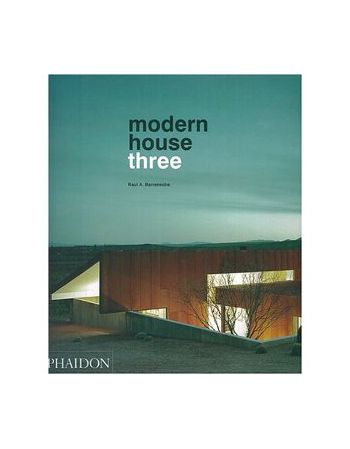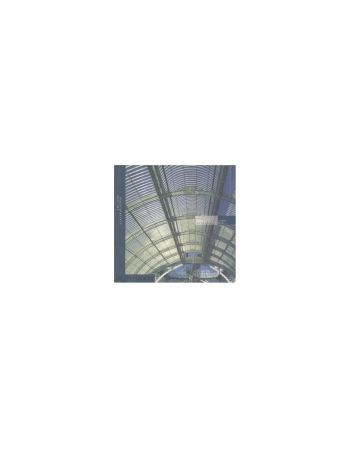Wydarzenia
Brak wydarzeń
103,95 zł
Cena
Dostępność: na zamówienie
Interest in contemporary domestic life has exploded in recent years, with magazines, museum exhibitions, and television showcasing the latest experiments in residential architecture. Modern House 3 documents the latest and best of these new houses around the globe — in Europe, the United States, Mexico, Latin America, Japan, China, and Australia.
The houses are organized in three thematic sections: "Merging Inside and Out" addresses integrating architecture and landscape; "Reimagining the Program" presents houses that negotiate unusual programs and client needs; and "Materials, Craft, Technology" examines building with new materials and energy-saving technologies. Each house exemplifies a unique approach to contemporary living and design, such as the Naked House in Tokyo (Shigeru Ban), in which several generations share the same home; the Carter-Tucker House in Australia (Sean Godsell) and Haus Nenning in Austria (Cuckrowicz-Nachbaur), which interpret and update vernacular wood styles; and the Kohler House in Canada (Julie Snow) and Weiss House in Cabo San Lucas, Mexico (Steven Harris), both vacation getaways that take advantage of rugged, beautiful sites.
Each project is accompanied by a 500-to-700-word description that explains the design concept, site, program, and significant building technologies and materials. An illustrated general introduction discusses precedents to these projects and current issues in residential design. Each section also begins with an essay introducing the theme of the section and how it relates to the houses documented.
GLASSHOUSE
156,45 zł
Cena
When John Ruskin attempted to disparage the Crystal Palace by referring to it as ‘a great cucumber frame’, he hit upon a truism. The Crystal Palace outdid its Victorian glasshouse contemporaries in public gardens around the world and represented the zenith of a building type that had developed spectacularly from humble horticultural roots. The Glasshouse traces the evolution of glass enclosures from the mid-seventeenth century when the desire to nurture exotic plants in a foreign and often hostile climate led to the development of the glasshouse and ingenious mechanical servicing systems, capable of creating its own artificial microclimate.


